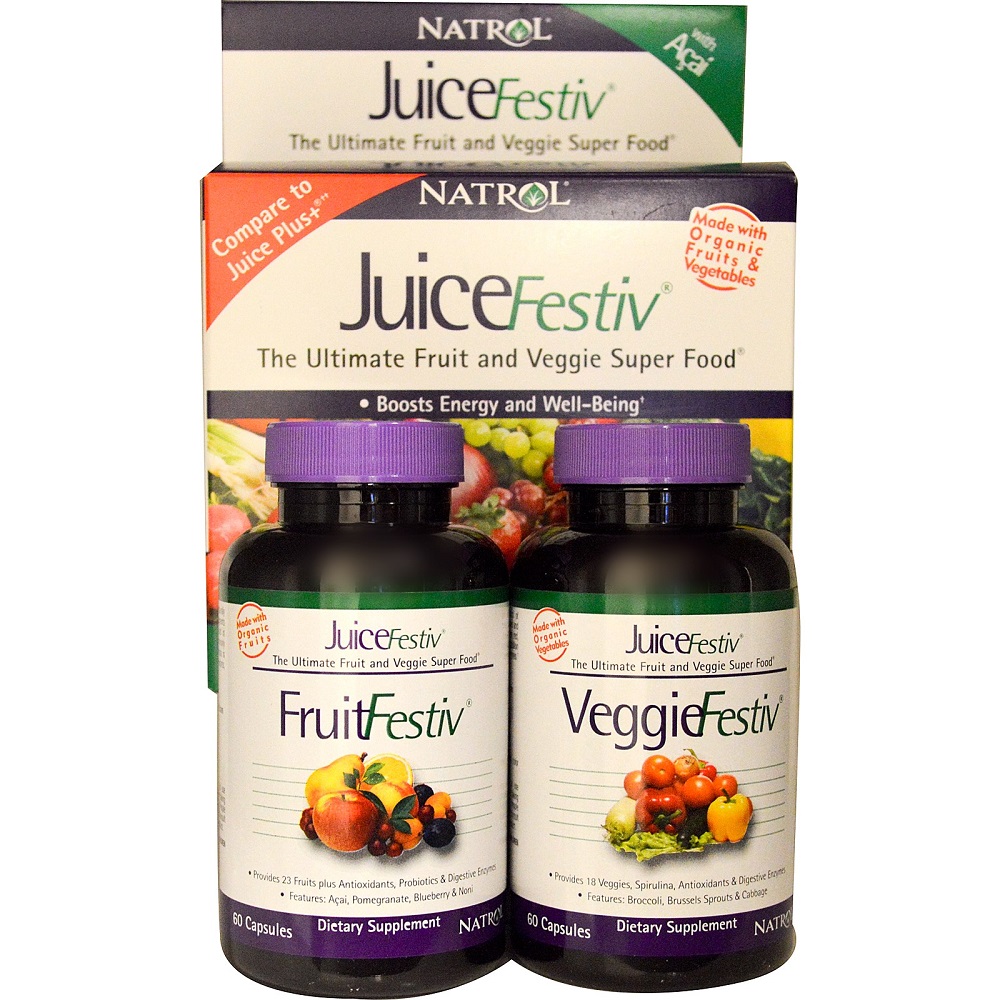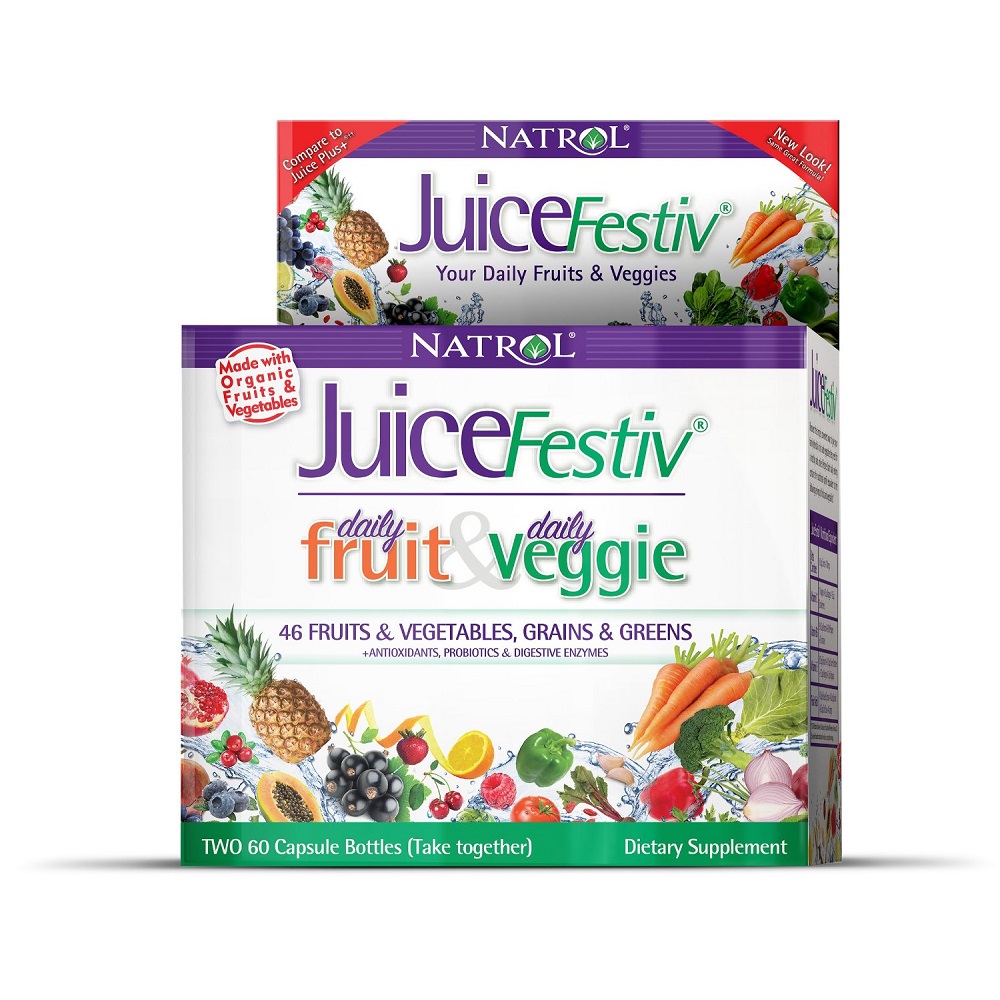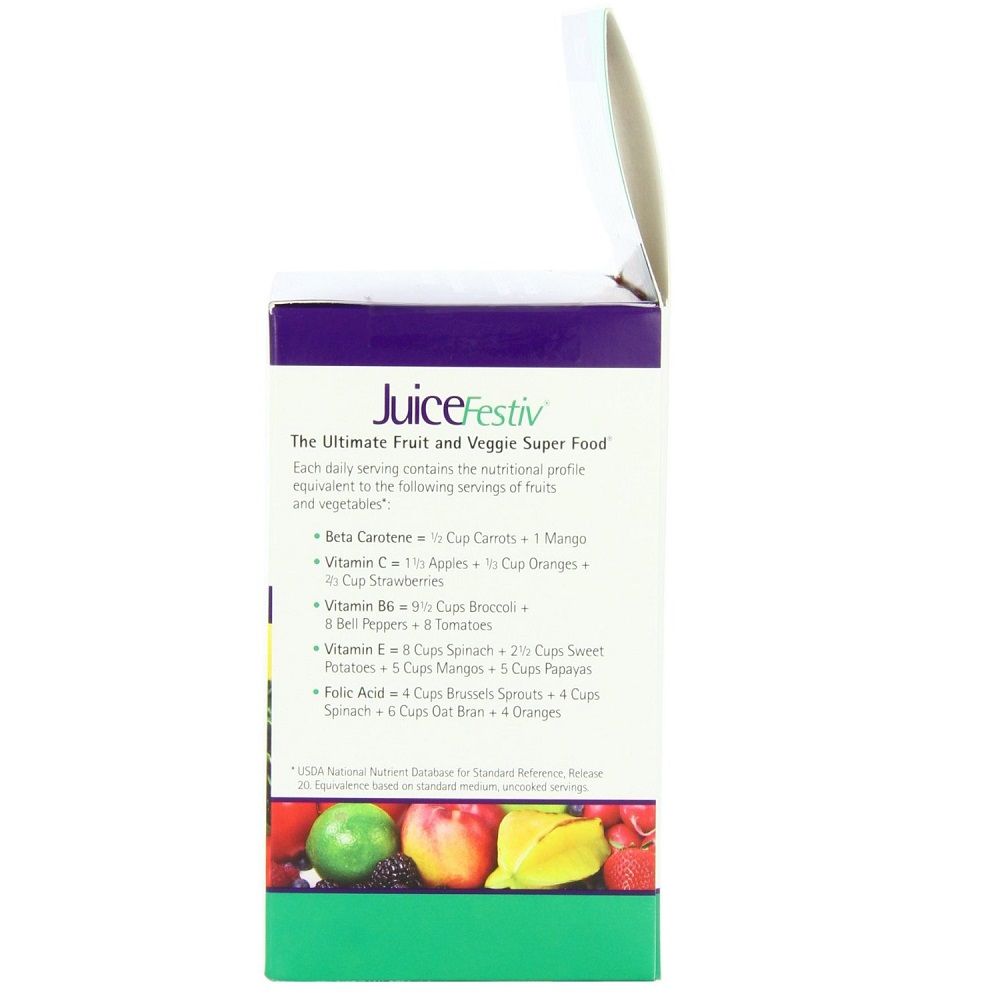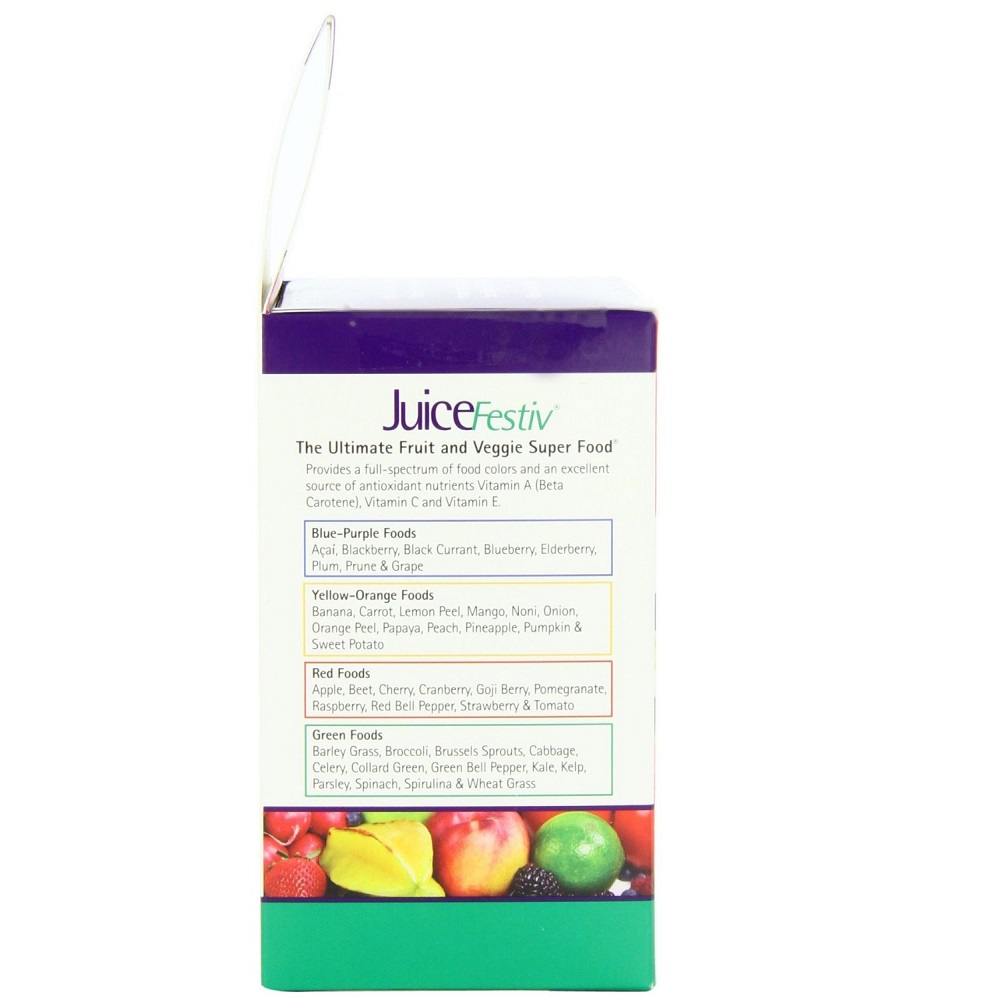| Vitamin A | Vitamin A, also called retinol, helps your eyes adjust to light changes when you come in from outside and also helps keep your eyes, skin and mucous membranes moist. |
|---|
| Vitamin C | Vitamin C is an antioxidant found in fruits and vegetables. It is important for your skin, bones, and connective tissue. It promotes healing and helps the body absorb iron. |
|---|
| Vitamin B6 | Vitamin B6 is a water-soluble vitamin. Water-soluble vitamins dissolve in water. The body cannot store them. |
|---|
| Folic Acid | Folic acid helps your body produce and maintain new cells, and also helps prevent changes to DNA that may lead to cancer. Folic acid is needed for the proper development of the human body. It is also used to prevent heart disease |
|---|
| Vitmain B12 | Vitamin B12 is applied to the skin either alone or in combination with avocado oil for psoriasis and eczema. |
|---|
| Apple | Apples are one of the healthiest foods a person can eat. They are high in fiber and vitamin C, and they are also low in calories, have only a trace of sodium, and no fat or cholesterol. |
|---|
| Noni | Noni is a small evergreen tree in the Pacific Islands, Southeast Asia, Australia, and India that often grows among lava flows. |
|---|
| Orange Peel | Orange peels are rich in flavonones, powerful antioxidants that help reduce oxidative damage and fight free radicals. |
|---|
| Peach | Peaches, with their soft skin and sweet flesh, are a summertime staple. One of the largest fruit crops grown in the United States, peaches provide a great deal of nutrients with few calories and no fat. |
|---|
| Lemon Peel | Lemon Oil (Citrus Limon Peel Oil) is one of the most popular essential oils. It has a clean, sugary citrus scent that is revitalizing and uplifting. Used for skin care. |
|---|
| Grape | The health benefits of grapes include their ability to treat constipation, indigestion, fatigue, kidney disorders, macular degeneration and the prevention of cataracts. |
|---|
| Cranberry | Cranberries are a versatile fruit and their benefits make them useful in food as well as in medicinal products. Cranberry juice is rich in antioxidants, vitamin C and salicylic acid. |
|---|
| Raspberry | The chemicals in red raspberry might have antioxidant effects and help relax blood vessels. |
|---|
| Cherry | When you eat cherries, you enjoy much more than just their amazing taste. They’re packed with antioxidants and offer many health benefits, including help with insomnia, joint pain and belly fat. |
|---|
| Acai | The acai (ah-sigh-EE) berry is a grape-like fruit harvested from acai palm trees. |
|---|
| Mango | The mango is native to South and Southeast Asia,or from where it has been distributed worldwide to become one of the most cultivated fruits in the tropics. |
|---|
| Elderberry | Elderberry is a plant. The berries are used to make medicine. Do not confuse elderberry with American Elder, Elderflower, or Dwarf Elder. |
|---|
| Black Currant | Black currant berry is used for coughs and Alzheimer’s disease. |
|---|
| Pomegranate | The pomegranate is a nutrient dense food source rich in phytochemical compounds. Promotes Healthy Skin Cells |
|---|
| Strawberry | It is also used for “purifying the blood,” stimulating metabolism, preventing menstruation, and supporting “natural weight loss.” |
|---|
| Papaya | The papaya, a previously exotic and rare fruit, is now readily available at most times of the year. Papayas grow in tropical climates and are also known as papaws or pawpaws. |
|---|
| Banana | Dried banana chips are typically eaten as a snack or with nuts and chocolate. Because the chips are made from fruit, you might assume the chips are healthy. |
|---|
| Blackberry | Sweet and juicy blackberries are more than just a tasty treat; they’re also full of beneficial nutrients and phytochemicals that boost your health. |
|---|
| Plum | Plums are fruit which are often found in seasons extending from May to October, there are not many fruit that provide the same taste, texture and sweetness like plums. |
|---|
| Goji Berry | It contains chemicals that might help lower blood pressure and blood sugar. Goji is a native Chinese deciduous shrub with bright red berries. The dried berries and root bark are used to make medicine. |
|---|
| Blueberry | Blueberries contain a type of flavonoid known as anthocyanins, which are responsible for giving foods like blueberries, cranberries, red cabbage and eggplants their iconic deep red, purple and blue hues. |
|---|
| Pineapple | Ananas Sativus Extract is an extract of the fruit of the pineapple, Ananas comosus, Bromeliaceae |
|---|
| Prune | Pygeum is a tree. The bark is used as medicine |
|---|
| Lactobacillus Acidophilus | Lactobacillus acidophilus is a bacteria that exists naturally in the body, primarily in the intestines and the vagina. |
|---|
| Organic Rice Flour | Rice Powder is the refined starch from rice, known as Oryza Sativa. |
|---|
| Gelatin | Some people also use it for strengthening bones, joints, and fingernails. Gelatin is also used for improving hair quality and to shorten recovery after exercise and sports-related injury. |
|---|
| Organic Rice Concentrate | One of the best forms is a bio-fermented raw sprouted whole grain brown rice protein, which combines the sprouted endosperm and the bran. |
|---|
| Whey Powder | Whey protein isolate is produced from pasteurized whey that has nonprotein elements removed. Whey is a byproduct in the making of cheese. |
|---|
| Dibasic Calcium Phosphate | Dibasic calcium phosphate is mainly used as a dietary supplement in prepared breakfast cereals, dog treats, enriched flour, and noodle products. |
|---|
| Magnesium Stearate | Magnesium stearate is often used as an anti-adherent in the manufacture of medical tablets, capsules and powders. |
|---|
| Vitamin E | Vitamin E is an important vitamin required for the proper function of many organs in the body. It is also an antioxidant. This means it helps to slow down processes that damage cells. |
|---|
| Selenoexcell Selenium | Supports healthy immune function |
|---|
| Carrot | Forget about vitamin A pills. With this orange crunchy powerfood, you get vitamin A and a host of other powerful health benefits including beautiful skin, cancer prevention, and anti-aging. |
|---|
| Spinach | Spinach (Spinacia oleracea) is one of wonderful green-leafy vegetable often recognized as one of the functional foods for its wholesome nutritional, antioxidants and anti-cancer composition. |
|---|
| Beet | Beets are loaded with vitamins A, B1, B2, B6 and C. The greens have a higher content of iron compared to spinach. They are also an excellent source of calcium, magnesium, copper, phosphorus, sodium and iron. |
|---|
| Parsley | Parsley is an herb. The leaf, seed, and root are used to make medicine. Be careful not to confuse parsley with fool’s parsley and parsley piert. |
|---|
| Tomato | The tomato is a nutrient-dense, super-food. The tomato has been referred to as a “functional food,” a food that goes beyond providing just basic nutrition, additionally preventing chronic disease and delivering other health benefits, due to beneficial phytochemicals such as lycopene. |
|---|
| Celery | Celery is a plant. The fruit and seeds are dried or pressed into oil for use as medicine. Sometimes celery oil is marketed in capsule form. Some people also take celery juice as medicine. |
|---|
| Red Bell Pepper | Peppers have a lot going for them. They’re low in calories and are loaded with good nutrition. All varieties are excellent sources of vitamins A and C, potassium, folic acid, and fiber. |
|---|
| Garlic | Garlic is a vegetable and is best known for flavoring food. Over the years, garlic has been used as a medicine to prevent or treat a wide range of diseases and conditions. |
|---|
| Wheatgrass | Wheatgrass, a herb that is known for various health benefits, is prepared from the cotyledons of the wheat plant, which are biologically known as Triticum aestivum. |
|---|
| Barley Grass | Barley is an annual grass. Barley grass is the leaf of the barley plant, as opposed to the grain. It is capable of growing in a wide range of climatic conditions. |
|---|
| Onion | Phytochemicals, or phytonutrients, are naturally occurring compounds in fruits and vegetables that are able to react with the human body to trigger healthy reactions. |
|---|
| Collard Green | Collard is a plant that is commonly eaten as a vegetable. People also use the leaves for medicine. Powder is made from its leaves. |
|---|
| Kale | Kale is one of the healthiest veggies you can put on your plate. |
|---|
| Brussles Sprouts | From a nutrition standpoint, Brussels sprouts are something that you will want to include in any healthy diet. |
|---|
| Spirulina | Blue-green algae describes a large and diverse group of simple, plant-like organisms found in salt water and some large fresh water lakes. |
|---|
| Oat Bran | Oat bran is a type of insoluble fiber – the kind that can help lower your cholesterol. |
|---|
| Broccoli | Broccoli is a vegetable. The parts that grow above the ground are used to make medicine. |
|---|
| Pumpkin | Pumpkin is sometimes used in combination with herbs to treat symptoms of BPH. |
|---|
| Sweet Potato | It is rich in antioxidants. |
|---|
| Kelp | Kelps are large seaweeds (algae) belonging to the brown algae(Phaeophyceae) in the order Laminariales. There are about 30 different genera. |
|---|
| Cabbage | The health benefits of cabbage include frequent use as a treatment for constipation, stomach ulcers, headaches, obesity, skin disorders, eczema, jaundice, scurvy, rheumatism, arthritis, gout, eye disorders, heart diseases, aging, and Alzheimer’s disease. |
|---|
| Horseradish | Moringa is a plant that is native to the sub-Himalayan areas of India, Pakistan, Bangladesh, and Afghanistan. |
|---|
| Amylase | Any of a widely distributed class of enzymes that catalyze the hydrolysis of starch, glycogen, and related polysaccharides to oligosaccharides, maltose, or glucose. |
|---|
| Pectinase | Pectinase is a collective term for enzymes that break down pectin and are as pectic enzymes. |
|---|
| Hemicellulase | Hemicellulase is a type of enzyme that degrades the plant cell wall polymer hemicellulose. |
|---|
| Cellulase | Cellulases contribute to the enzymatic splitting of cellulose. |
|---|
| Protease | Any of a group of enzymes that catalyze the hydrolytic degradation of proteins or polypeptides to smaller amino acid polymers. |
|---|
| Lipase | Lipase is a digestive enzyme that is found in many plants, animals, bacteria, and molds. |
|---|
| Glucoamylase | An enzyme that breaks down starches and dextrins into glucose. The enzyme is produced by fungi, especially those in the Aspergillus genus. |
|---|
| Phytase | Phytase is an enzyme that has the ability to liberate the phosphate and mineral residues from phytic acid (phytate), a compound formed during the maturation process of plant seeds and grains that is commonly found in plant-based foods. |
|---|
| Invertase | An enzyme, occurring in yeast and in the digestive juices of animals, that causes the inversion of cane sugar into invert sugar. |
|---|
| Maltase | Maltase is one of the most important enzymes in our digestive process, as it is a key enzyme in the mouth and the saliva. |
|---|







Reviews
There are no reviews yet.